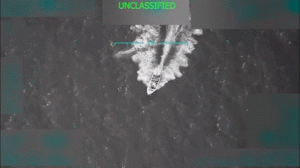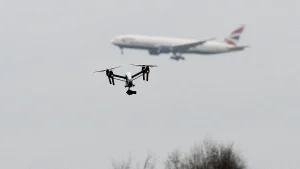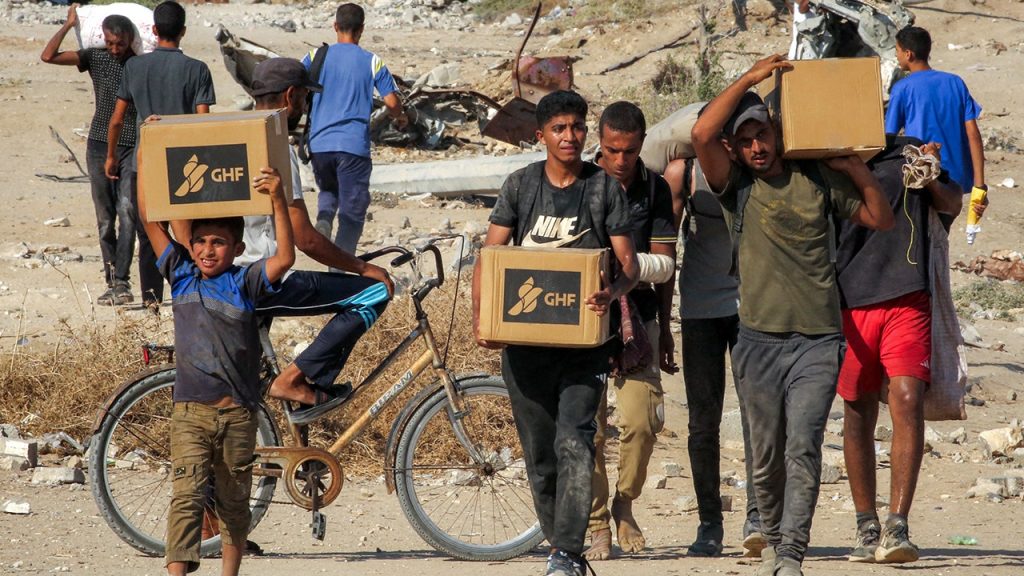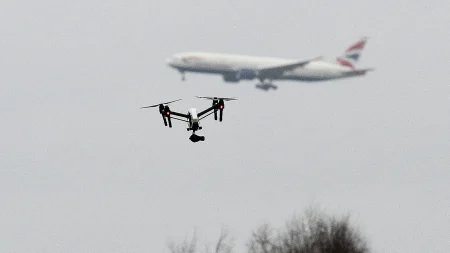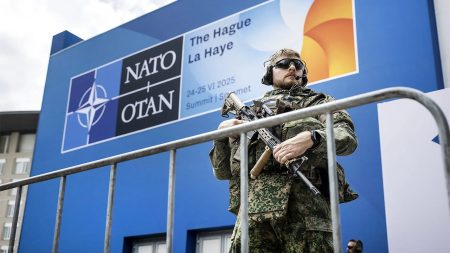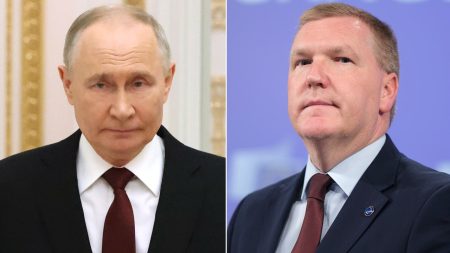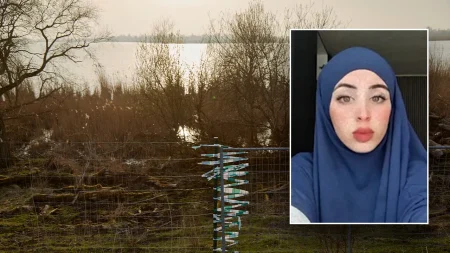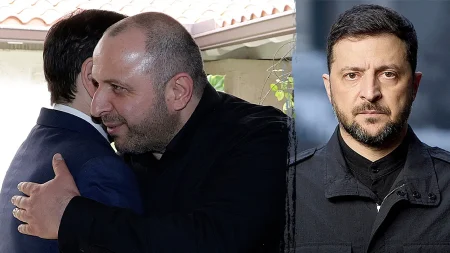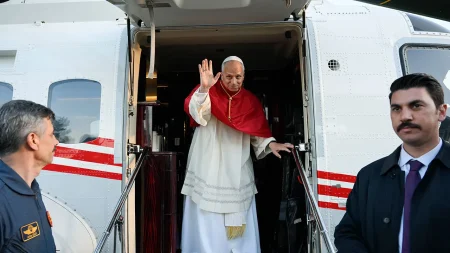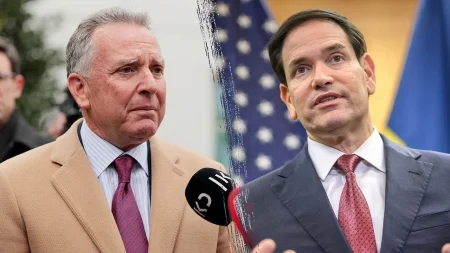Navigating Humanitarian Aid in Gaza: The Gaza Humanitarian Foundation’s Struggle Amid Criticism
In the complex landscape of humanitarian aid in Gaza, the U.S.-backed Gaza Humanitarian Foundation (GHF) finds itself at the center of controversy despite its substantial aid efforts. Having recently delivered its 155 millionth meal to Gazans, the organization continues to face intense criticism from international NGOs and the United Nations. Most notably, Doctors Without Borders (MSF) has launched a public campaign against GHF, running Facebook advertisements with provocative statements like “This is not aid. This is orchestrated killing” and claiming unprecedented “systemized violence” in their 54-year history. These accusations stem from patient accounts that describe disturbing scenes at GHF distribution points, including allegations of children being shot while reaching for food and crowds being fired upon. However, GHF spokesperson Chapin Fay has firmly denied these claims, calling them “false and disgraceful” and suggesting that MSF is “amplifying a disinformation campaign orchestrated by the Hamas-linked Gaza Health Ministry.” Fay insists that no civilians have ever been shot at any GHF distribution site and questions the veracity of reports coming from Nasser Hospital, claiming they falsely attribute any conflict between Israel and Hamas to GHF activities.
The dispute over casualties at aid distribution sites reveals discrepancies in reporting that raise questions about the full picture of humanitarian operations in Gaza. According to United Nations data, there were actually twice as many deaths surrounding humanitarian aid convoys (576) as there were deaths around GHF sites (259) between July 21 and August 18. A broader U.N. report indicates 1,889 deaths near aid sites between May 27 and August 18, with 1,025 “near militarized distribution sites” and 864 “along convoy supply routes.” These figures suggest a more complex reality than what is portrayed in MSF’s public statements. When asked to provide evidence for their claims, MSF stated they have “documented the impacts of violence and chaos at GHF sites in Gaza, based on firsthand accounts of our personnel and patients at two clinical sites, as well as a body of medical data.” However, they declined to answer specific questions about their advertising spending against GHF or whether they’ve advocated for medical care for Israeli hostages held by Hamas.
Despite the public tension between these humanitarian organizations, there appears to be a more nuanced relationship behind the scenes. GHF claims to have provided support to MSF in early August after MSF requested help “to safeguard their medical aid from the elements.” GHF even posted evidence of this cooperation on social media, showing what they described as pallets of MSF aid under GHF care. This cooperation stands in stark contrast to the public criticism, highlighting the complex interdependencies that exist even among competing aid organizations in conflict zones. MSF did not respond to requests to confirm this cooperative arrangement, leaving questions about the full nature of their relationship with GHF unanswered.
A particularly disturbing incident from June reveals the dangerous conditions under which aid workers operate in Gaza. According to a written statement provided to Fox News Digital, GHF employees who were brought to Nasser Hospital after a Hamas attack that killed eight workers were reportedly denied treatment by hospital staff. The witness account describes injured GHF staff being placed in a courtyard where hospital personnel allegedly incited others to beat them, with one employee being stabbed. Fay claims that “three more GHF staff died due to their lack of treatment by Nasser Hospital” and notes that “MSF doctors work there, yet claim they weren’t aware of the situation.” MSF responded that it “has seen no credible evidence that healthcare was refused” and stated that their staff “have not been present in the emergency department of Nasser Hospital since 2024,” though they acknowledge operating various other services at the facility since before the conflict escalated in October 2023.
The situation at Nasser Hospital itself illustrates the blurred lines between humanitarian spaces and military operations in the Gaza conflict. The Foundation for Defense of Democracies has reported multiple instances of Hamas fighters operating out of Nasser Hospital since October 2023. In late August, FDD senior research analyst Joe Truzman shared photos of what appeared to be Hamas summonses ordering individuals to come to Nasser Hospital for questioning. These reports raise profound questions about the neutrality of medical facilities in the conflict zone and the challenges faced by humanitarian organizations working in such compromised spaces. MSF did not respond to questions about whether their staff at Nasser Hospital were aware of Hamas operations at the site, leaving unanswered questions about how humanitarian groups navigate these ethically complex situations.
Despite these controversies and challenges, GHF continues to expand its humanitarian efforts in Gaza. On Saturday, the organization announced a new initiative to provide medical care to Gazans through a partnership with Samaritan’s Purse. According to their statement on social media, this program will focus on treating wounds, injuries, and infections, as well as providing care for pregnant women. This expansion into medical services represents GHF’s effort to address multiple dimensions of the humanitarian crisis beyond food distribution. As Gaza continues to suffer from the effects of prolonged conflict, the work of humanitarian organizations remains crucial, even as questions about safety, neutrality, and effectiveness persist. The ongoing disputes between aid organizations like GHF and MSF highlight the political complexities that can sometimes overshadow the shared goal of alleviating human suffering in one of the world’s most challenging humanitarian environments.
